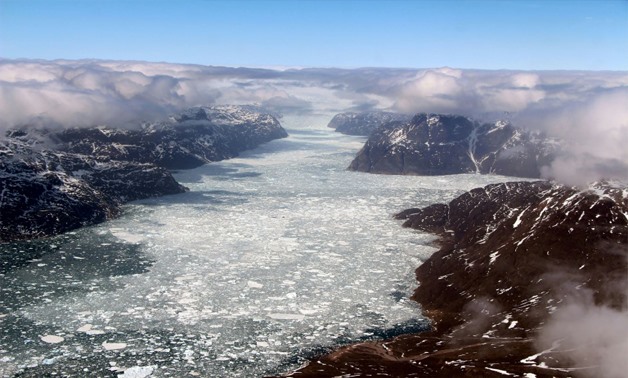
NASA/AFP/File / John SONNTAG
Washington - 29 June 2017:Sunnier weather is significantly accelerating the melting of Greenland's glaciers, exacerbating the effects of rising global temperatures, according to a British study.
For the past 20 years, a marked decrease in cloud cover over Greenland during the summer has allowed more solar radiation to warm glaciers and pack ice, according to research led by the University of Bristol and published in Science Advances on Wednesday.
Using satellite imagery and climate models, the scientists found that a reduction of just one percent of summer cloud cover translates to the thawing of 27 gigatons of ice in Greenland, equivalent to the annual domestic water supply of the United States.
Greenland has lost some 4,000 gigatons of ice since 1995, according to the researchers, making ice melt on the massive island the biggest single contributor to rising sea levels.
"The impact of increased sunshine during summer is large, it explains about two-thirds of Greenland's melting signal in recent decades," said Stefan Hofer, the lead researcher on the study.
"Until now we thought that the recent Greenland melt is caused almost exclusively by higher temperatures and the resulting feedbacks," he said.
"Our study shows that there is more to the story than the local increase in temperatures and the change in cloud cover isn't just a blip, it's been happening for the last two decades. That was a big surprise."
Declining cloud cover may be partly explained by shifting circulation patterns in the atmosphere, added the paper's co-author Jonathan Bamber, as warming temperatures lead to lower levels of sea ice that in turn affect weather patterns and decrease cloud cover.
"This highlights the coupled nature of the climate system and the consequences of changes in one component on another," he said.
The average level of floating ice in the Arctic Ocean was roughly 10.1 million square kilometers in 2016, the lowest level recorded since satellite observation began in 1979, according to the National Snow and Ice Data Center.
Comments
Leave a Comment